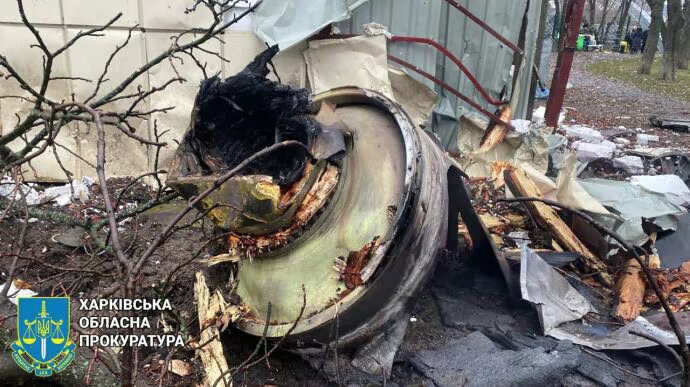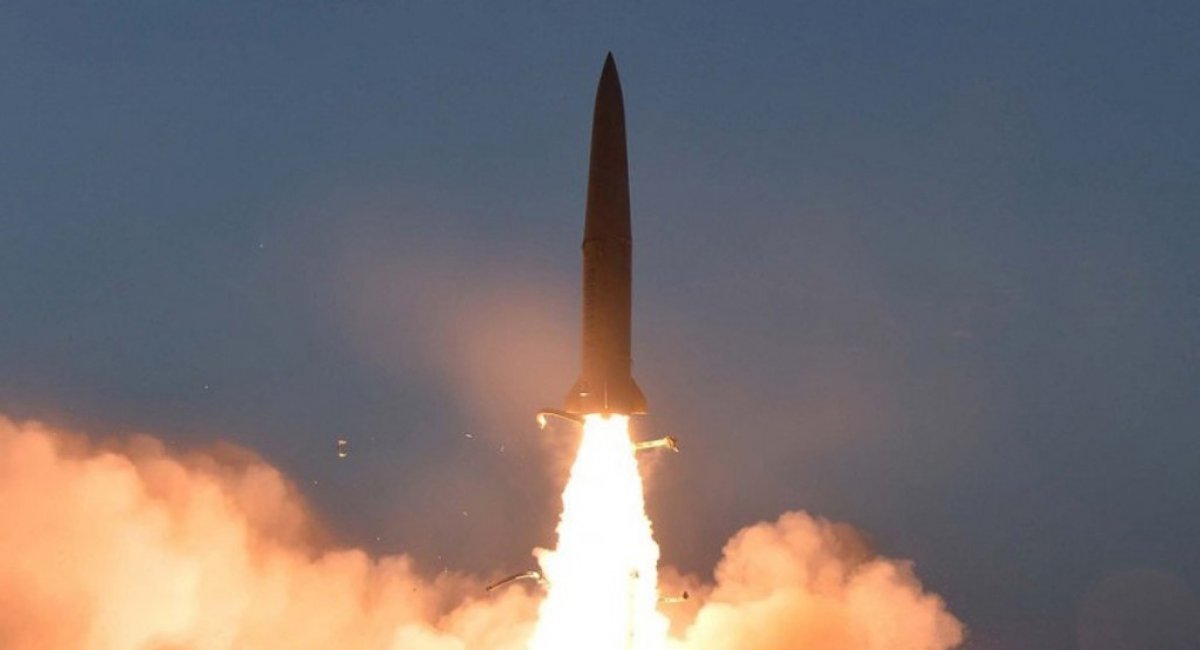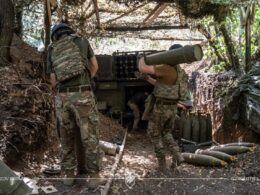Ukraine's Prosecutor General's office says it has initial evidence that Russia used North Korean-made ballistic missiles in the January 2 strike on Kharkiv, according to Prosecutor General Andrii Kostin.
Russia has increasingly relied on military support from other authoritarian countries in its war against Ukraine, with Iran and North Korea at the forefront. While intelligence reports of North Korea supplying missiles to Russia have been around for long, this is the first officially reported material evidence of such a missile being used.
"Regarding North Korea: in recent days we received the first proofs of the possible use by the Russian armed forces of missiles made in that country," Kostin said during an appearance on the national newscast. "The results of a preliminary scientific and technical examination confirm that the missile launched at the central part of Kharkiv on January 2 is a short-range missile developed by North Korea."

Kostin did not specify the type of North Korean missile allegedly used in the massive attack on 2 January, which had Kharkiv and Kyiv in the crosshairs and in which Ukraine intercepted a record 10 Kinzhal aeroballistic missiles. However, he stressed that military experts from an interdepartmental working group at the Prosecutor General's Office reached similar conclusions about the missile's origins after visiting the strike site and conducting a preliminary examination of the recovered missile fragments.
The prosecutor general added that a comprehensive commission examination is still underway to definitively confirm that a North Korean ballistic missile was used in the January 2 attack on Kharkiv. Meanwhile, prosecutors are working with other missile remnants found at the sites of recent attacks in Kharkiv and Odesa oblasts.
Although Kostin did not mention the missile type, on 5 January, the Ukrainian defense portal Defense Express reported, citing its own sources that studied the wreckage, that Russia used the KN-23 North Korean ballistic missile in its strikes on Kharkiv (2 January) and Zaporizhzhia (29 December 2023).
What is the KN-23 short-range ballistic missile
Very little is known about North Korea's KN-23 short-range ballistic missile due to the extreme secrecy of the regime, with details limited to Pyongyang's claims and South Korean radar tracking during tests. Estimated specifications include a max range of 690 km, 7.5m length, 1m diameter, 3,415 kg weight, and solid-fuel propulsion. The standard warhead is 500 kg, although it is believed that a smaller warhead is used to achieve the maximum range.
The KN-23 is believed to incorporate technologies and design features from Russia's 9M723 Iskander-M missile, including a similar quasi-ballistic flight profile. Its transporter erector launcher uses an 8x8 wheeled chassis likely built or based on a Belarusian model, originally designed for two missiles but now launching one.
While production quantities are unknown, the probable low accuracy and reliability of the KN-23 suggests its use by Russia would be limited to indiscriminate strikes on cities. It can be intercepted by modern air defenses like the Patriot and SAMP/T.
Related:
- North Korea uses Ukraine “as test site for nuclear-capable missiles,” South Korea says at UN SC meeting
- North Korea may sell tactical guided missiles to Russia in addition to short-range ballistic missiles, Seoul says
- North Korea supplies ballistic missiles, launchers to Russia, White House confirms
- Ghost ships reveal North Korea’s secret arms trade with Russia, posing threat to Ukraine – Bloomberg





